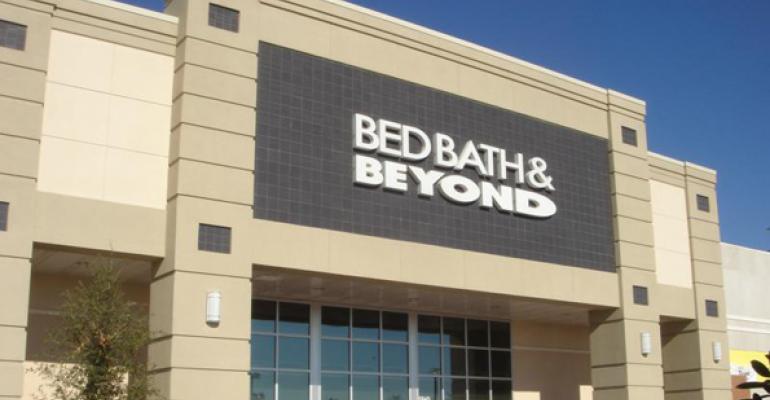Industry participants are keeping a close eye on the balance of supply and demand of net lease properties, both on the sale market and in the development pipeline. In addition to interest rates, a number of respondents cited shifts in supply and demand as the biggest changes in the net lease sector over the past 12 months. Opinions varied, with some respondents who noted an increase in demand, including from 1031 buyers and apartment sellers. Other respondents noted a decrease in demand coming from foreign investors in their local regions.
Overall, respondents have a more favorable view of the available supply of net lease properties on the sale market. In all, 43 percent think the current volume is the “right amount” as compared to 35 percent who held that view a year ago. However, those who believe there is “too little” ticked higher from 22 to 26 percent, while 19 percent said there was too much supply and 12 percent were unsure of the answer.
Nearly half of respondents (49 percent) believe there is a healthy balance of development activity as compared to 38 percent in the 2019 survey. Views did not change substantially on whether there is too little (21 percent) or too much (16 percent), whereas the number who said they were unsure of the answer did decline from 23 percent last year to 14 percent in the current survey.
“The supply of net lease will remain strong, particularly in the industrial, medical and retail categories,” says Brandon Duff, managing director of investment sales at the Stan Johnson Co. in Chicago. That supply is coming from both existing, second generation properties and new build-to-suit construction. In retail, for example, there has been an increase in build-to-suit activity over the past several years across categories that include grocery stores, quick service and fast casual restaurants, health and fitness concepts, dollar stores and other service-oriented retailers. “That said, we are currently seeing investor demand outweigh supply as the depth of the buyer pool is strong across all buyer types—institutional, family office, private equity and private investors,” says Duff.
In fact, Duff believes the current buyer pool is the broadest in size and scope that he has seen over the last decade, if not longer. There has been a spike in demand for all product types from 1031 exchange buyers over the last 12 to 24 months as investors continue to exit out of more management intensive asset classes. “Additionally, we have experienced a new wave of private, non-exchange investors that have flooded into the market seeking yield, tangible asset investments and taking advantage of the low interest rate environment,” he says.


